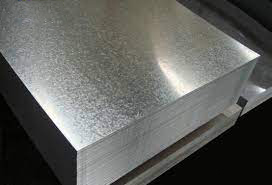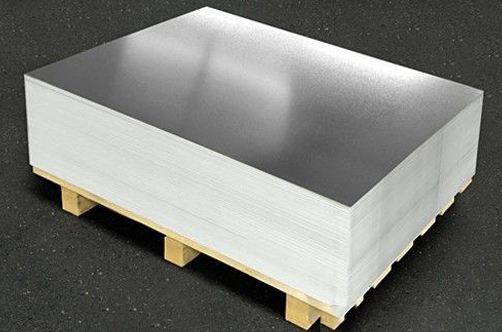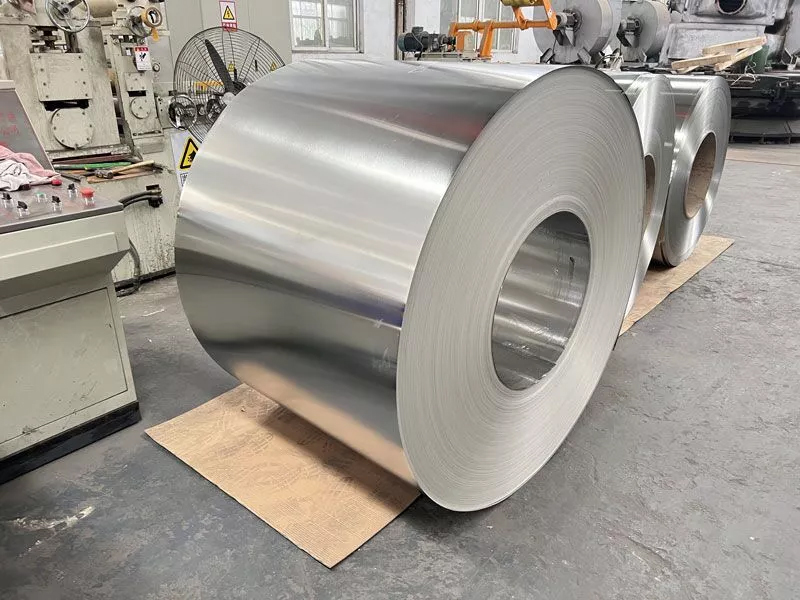1. Composition: Tinplate is made of low-carbon steel that is coated with a thin layer of tin, usually between 0.1 and 1.5 microns thick. The steel is typically rolled into thin sheets and then coated with tin using an electrolytic process.
10. Future: The use of tinplate is expected to continue to grow in the coming years, driven by the demand for sustainable packaging materials and the increasing use of canned food and beverages around the world. However, there are also efforts underway to develop alternative materials that can provide similar performance and sustainability benefits.
tinplate sheet,tinplate,tinplate sheet printing,printed tinplate,tinplate plate, tinplate coil Wuxi Shengshu Metal Co., Ltd. , https://www.wuxissmetal.com
2. Applications: Tinplate is widely used in the food and beverage industry for making cans, as well as in the packaging of other products. It is also used in the production of toys, decorative items, and other consumer goods.
3. Advantages: Tinplate has several advantages over other materials. It is strong, durable, and can be formed into a wide range of shapes. It is also resistant to corrosion and can be easily cleaned and sterilized, making it ideal for use in the food and beverage industry.
4. Recycling: Tinplate is highly recyclable and can be reused many times. When tinplate is recycled, the steel is separated from the tin coating and can be melted down and used to make new products, while the tin is typically reused in the production of new tinplate.
5. Sustainability: Tinplate is considered a sustainable packaging material because it is recyclable and has a low carbon footprint. Additionally, the use of tinplate can help to reduce food waste by extending the shelf life of packaged products.
6. Variations: Tinplate can come in different grades, or thicknesses, depending on the application. It canalso be coated with other materials, such as lacquer or polymer, to provide additional protection or to improve its appearance.
7. History: Tinplate has been in use since the 17th century, when it was first used to make decorative objects. It became more widely used in the 19th century with the development of the canning industry. Today, tinplate is a ubiquitous material that is used in many different industries around the world.
8. Production: Tinplate is typically produced from a coil of steel that is fed through a series of rollers to create a thin, flat sheet. The sheet is then cleaned and coated with tin using an electrolytic process, in which an electric current is used to deposit the tin onto the surface of the steel.
9. Quality control: Quality control is an important part of the production process for tinplate, as even small defects or variations in thickness can impact the performance of the material. Tinplate is typically inspected using a variety of techniques, including visual inspection, measurement of thickness and coating weight, and testing for corrosion resistance.



When gas prices go up, it's natural to look for ways to improve your car’s fuel efficiency. You still have places to go, and you want to make every drop of gas count. If buying a more fuel-efficient vehicle isn’t an option right now, there are several things you can do to stretch your tank further. Here are some practical tips that can help you save money at the pump.
One of the simplest things to check is your gas cap. A damaged or loose cap allows fuel to evaporate, which not only wastes gas but also contributes to air pollution. If your cap feels loose or doesn’t seal properly, it’s time to replace it.
Carrying extra weight in your vehicle can also impact fuel economy. Items like bike racks, cargo boxes, or heavy equipment add weight, which increases fuel consumption. For example, adding just 100 pounds can reduce fuel efficiency by about one percent. The effect is even more noticeable in smaller cars. When transporting heavy items, consider using a rear-mounted rack instead of a roof rack, as the latter can increase drag and lower fuel efficiency by up to 17%.
Idling is another major fuel waster. Idling for just a few minutes can use almost as much fuel as starting your engine again. In heavy traffic, idling can consume up to half a gallon of gas per hour. To save fuel, turn off your engine if you’re going to be stopped for more than a minute. Planning routes with fewer stoplights and avoiding rush hour can also help.
Extreme temperatures can affect how efficiently your car runs. In cold weather, start your car and drive gently to warm up the engine rather than accelerating immediately. A block heater can also help speed up the warming process. On hot days, park in the shade to reduce the need for air conditioning. Rolling down the windows when driving on a hot day can also help cool the car without overworking the AC system.
The type of oil you use can also influence fuel efficiency. Using the wrong viscosity can increase engine friction, causing it to work harder and burn more fuel. Always follow the manufacturer’s recommendations for oil type.
Your driving habits play a big role in fuel economy. Driving faster than 50 mph increases fuel consumption, while using cruise control can help maintain a steady speed and save gas. Avoid aggressive braking and sudden acceleration, as these habits can cut fuel efficiency by up to 40%. Use toll roads with electronic payment systems to avoid stopping, and if you have a manual transmission, use the brake instead of downshifting to slow down. Plan your route ahead of time to avoid unnecessary stops.
Tire pressure is another factor that shouldn’t be overlooked. Underinflated tires can reduce fuel efficiency by up to three percent. Check your tire pressure monthly, especially when temperatures change significantly.
Regular maintenance is key to keeping your car running smoothly and efficiently. Worn spark plugs, dirty air filters, and old oil force the engine to work harder, increasing both fuel use and emissions. Don’t forget to check your vehicle’s alignment, especially after hitting potholes or driving on slippery roads. Misalignment can cause uneven tire wear and increased fuel consumption.
Whether it's for a routine oil change, emission check, or alignment service, DaSilva’s Auto Body can help keep your vehicle in top condition. Contact our Naugatuck location today to schedule an appointment and keep your car running efficiently all year round.